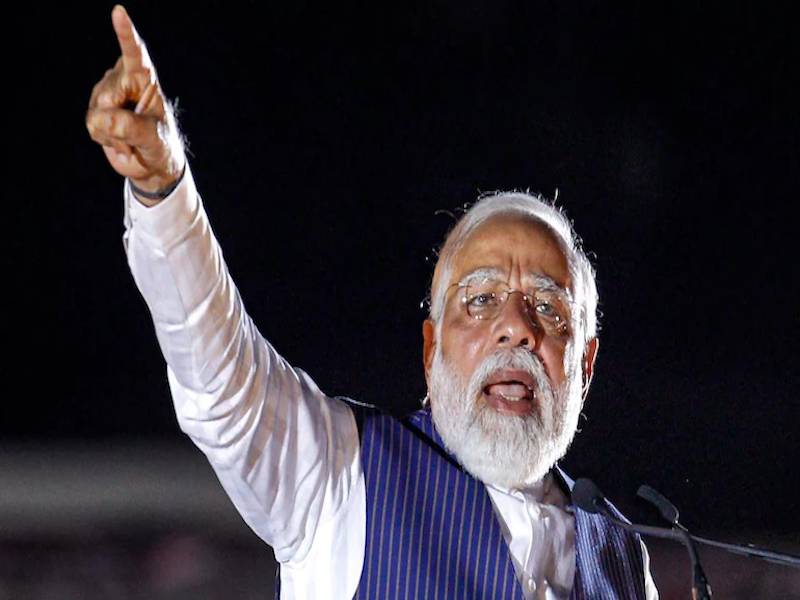
The government has decided to make agriculture hi-tech in this year's Union Budget with the goal of making farmers self-sufficient. For India's Prime Minister, Narendra Modi, it is a high-priority sector.
The government has established plans to develop it in a new way, moving away from conventional agriculture. All of this assures that the Budget meets the requirements of every Indian, from rural homes to chemical-free agriculture, a five-kilometer-wide corridor along the Ganges, and water for irrigation in Bundelkhand through the Ken-Betwa connection project.
To supply digital and high-tech services to farmers, a new public-private partnership (PPP) scheme will be created. Crop evaluation, land record digitization, and pesticide and fertiliser spraying will all be done by "Kisan Drones."
In the Budget, it was declared that a comprehensive scheme to encourage local oilseed production will be implemented.
"A logical and thorough strategy would be implemented with the objective of increasing domestic oilseed output and reducing our reliance on imported oilseeds," said Finance Minister Nirmala Sitharaman.
It is a balanced Budget for the agriculture sector, with infrastructure development, incentives, and technical incentives focusing on improving agriculture and farmers.
Farmers and villages will be able to increase their earnings while also becoming self-sufficient. The year 2023 has been chosen by the government as the Year of Millets. Its goal is to create awareness about coarse cereal nutrition and farming in the face of changing climatic circumstances.
Farmers would be paid the minimum support price (MSP) of Rs 2.37 lakh crore immediately into their accounts. For the first time, government procurement is included in the budget proposal. The government's response is an appropriate response to those who spread MSP falsehoods.
Chemical-free natural farming would be promoted across the country in the first stage, with a concentration on farmers' fields in 5-kilometer-wide corridors along the Ganges.
For cooperatives, the alternative minimum tax payment has been decreased from 18.5 percent to 15%.
















